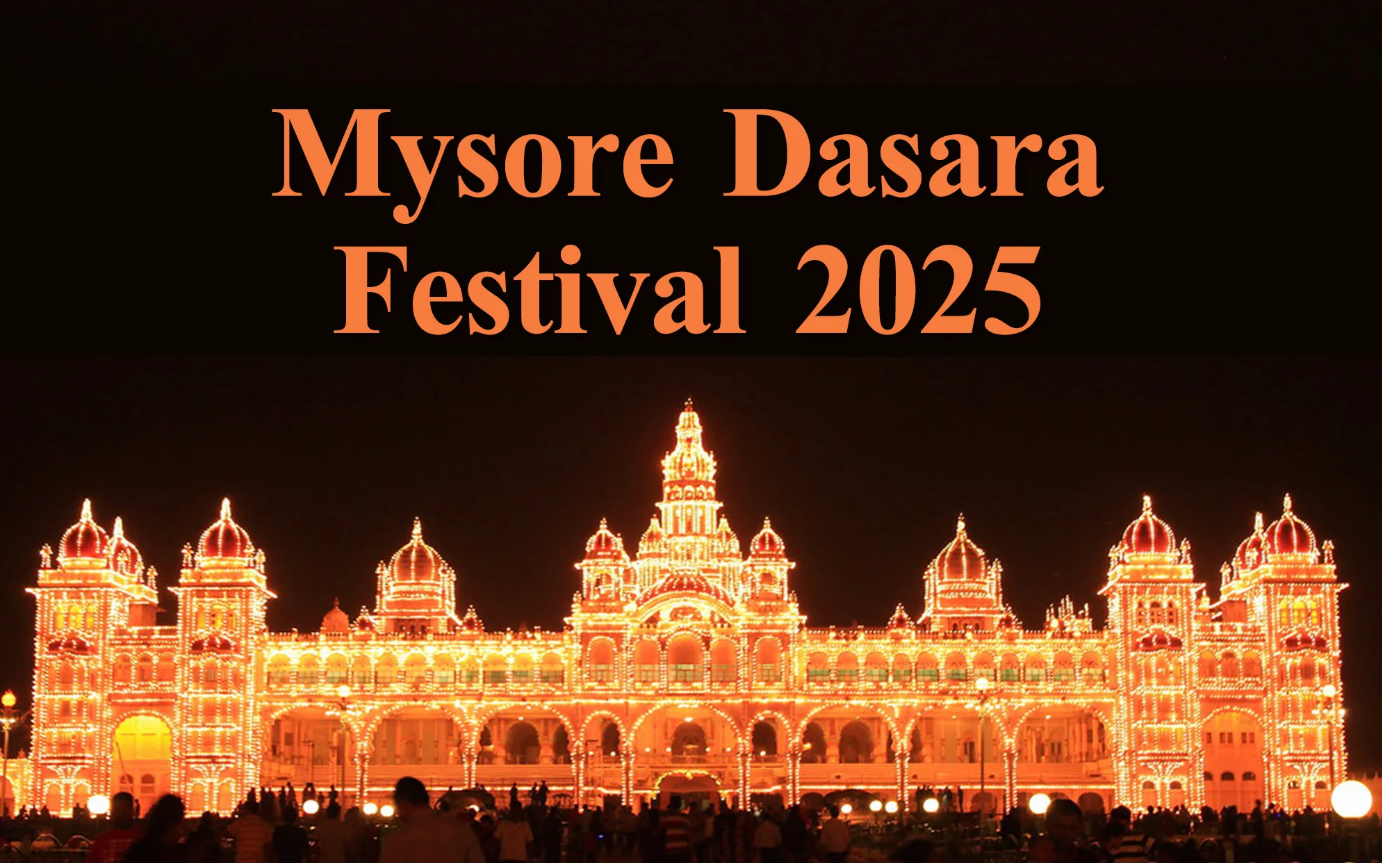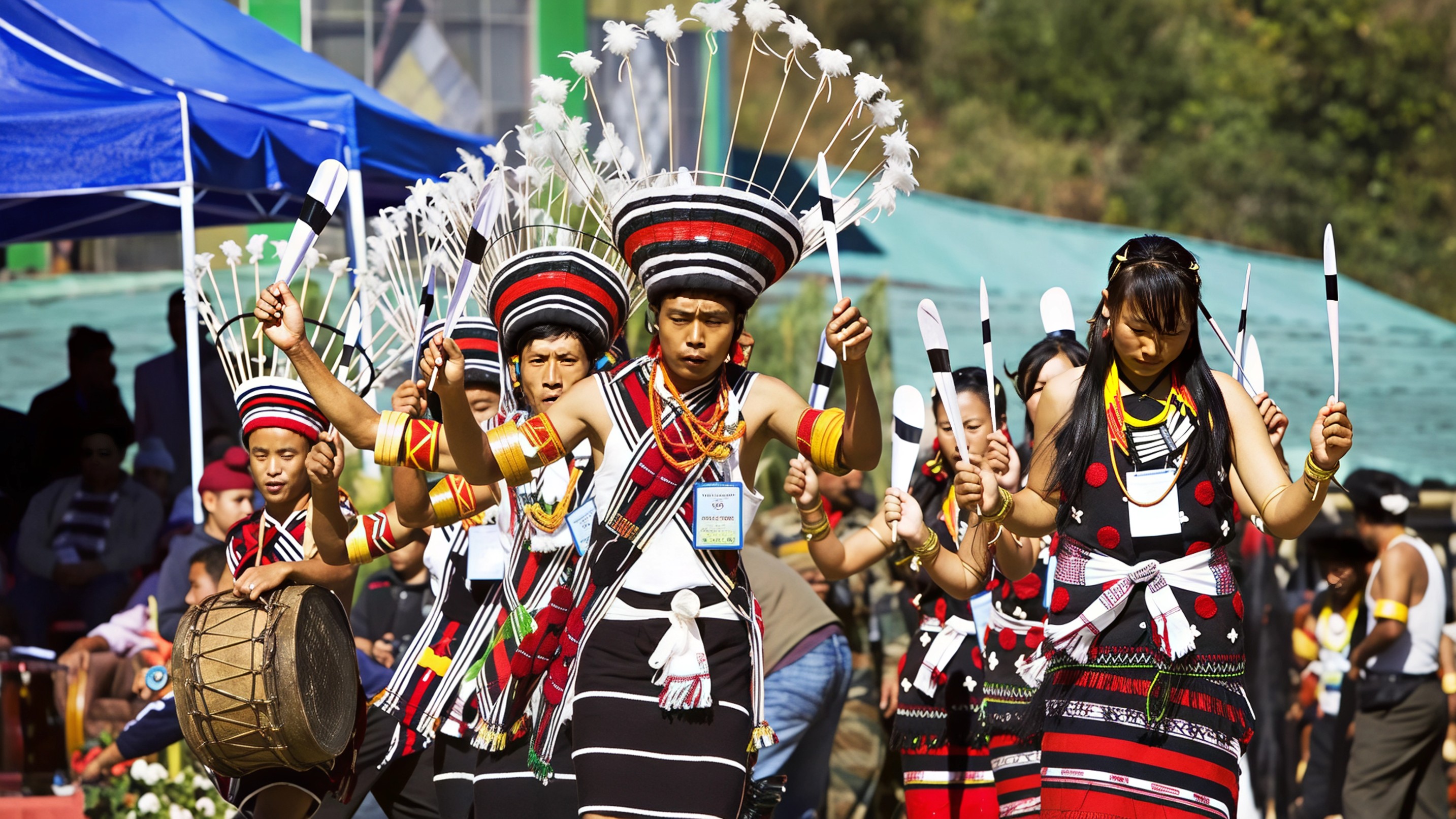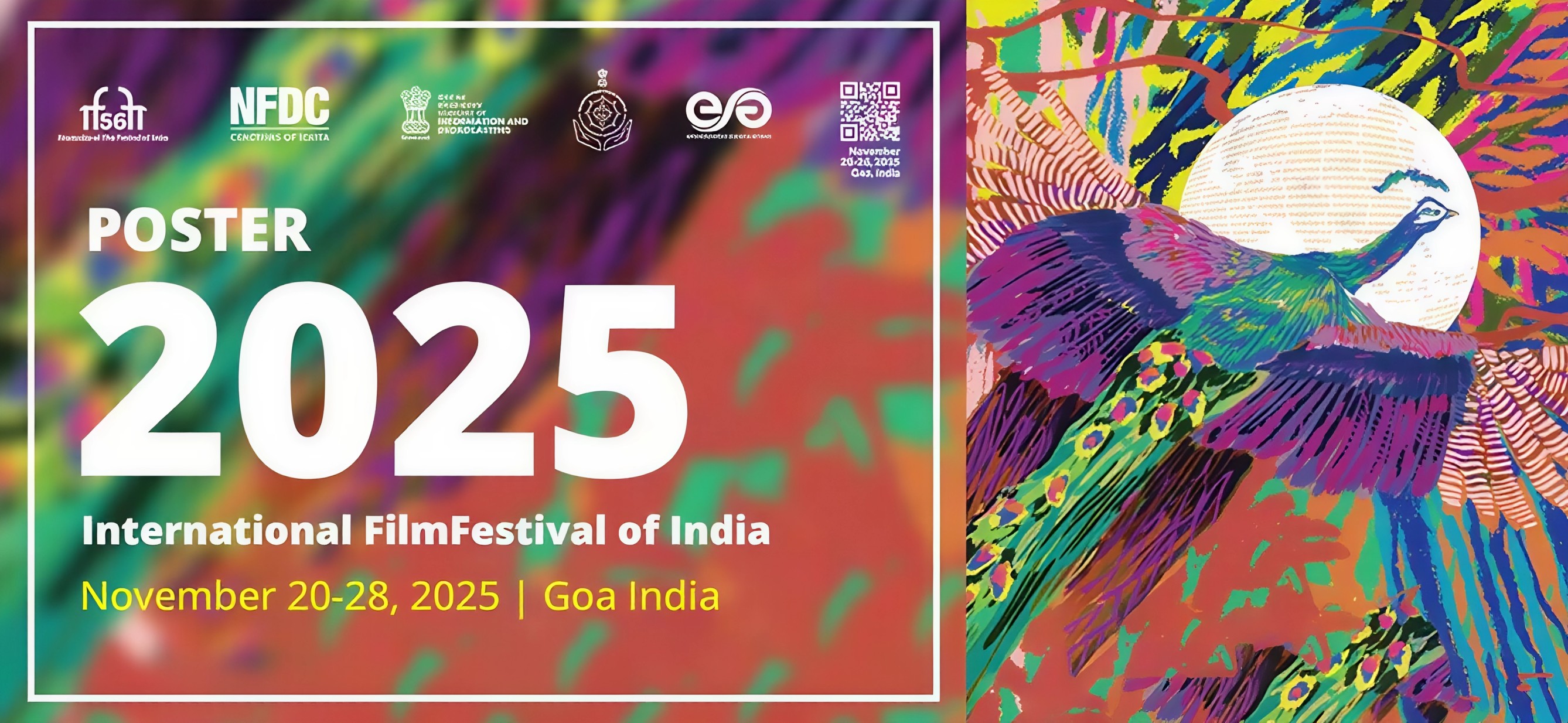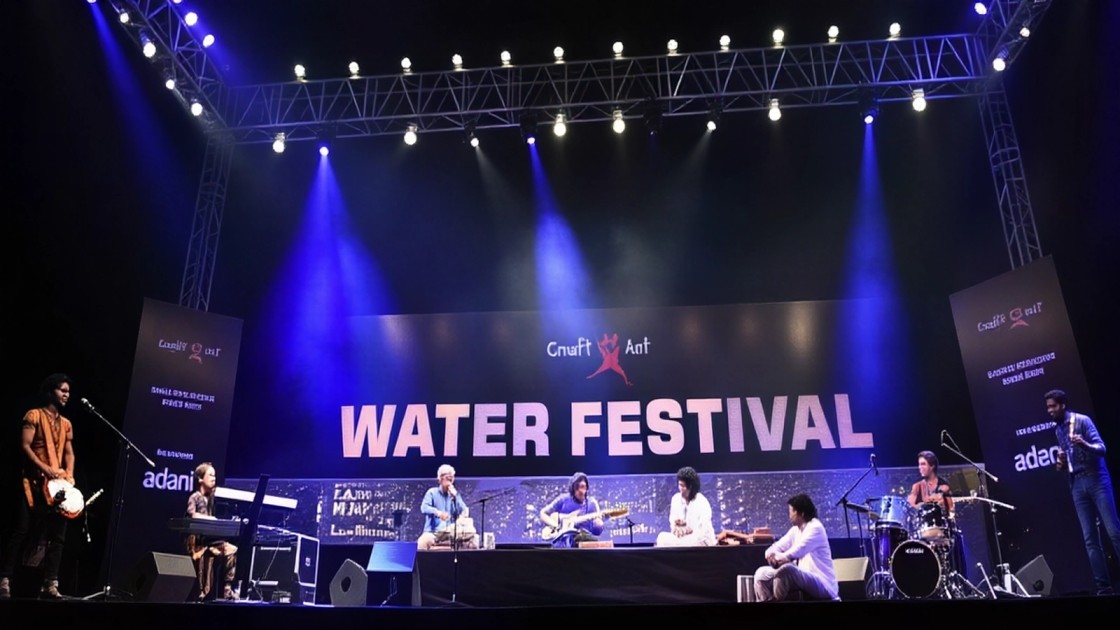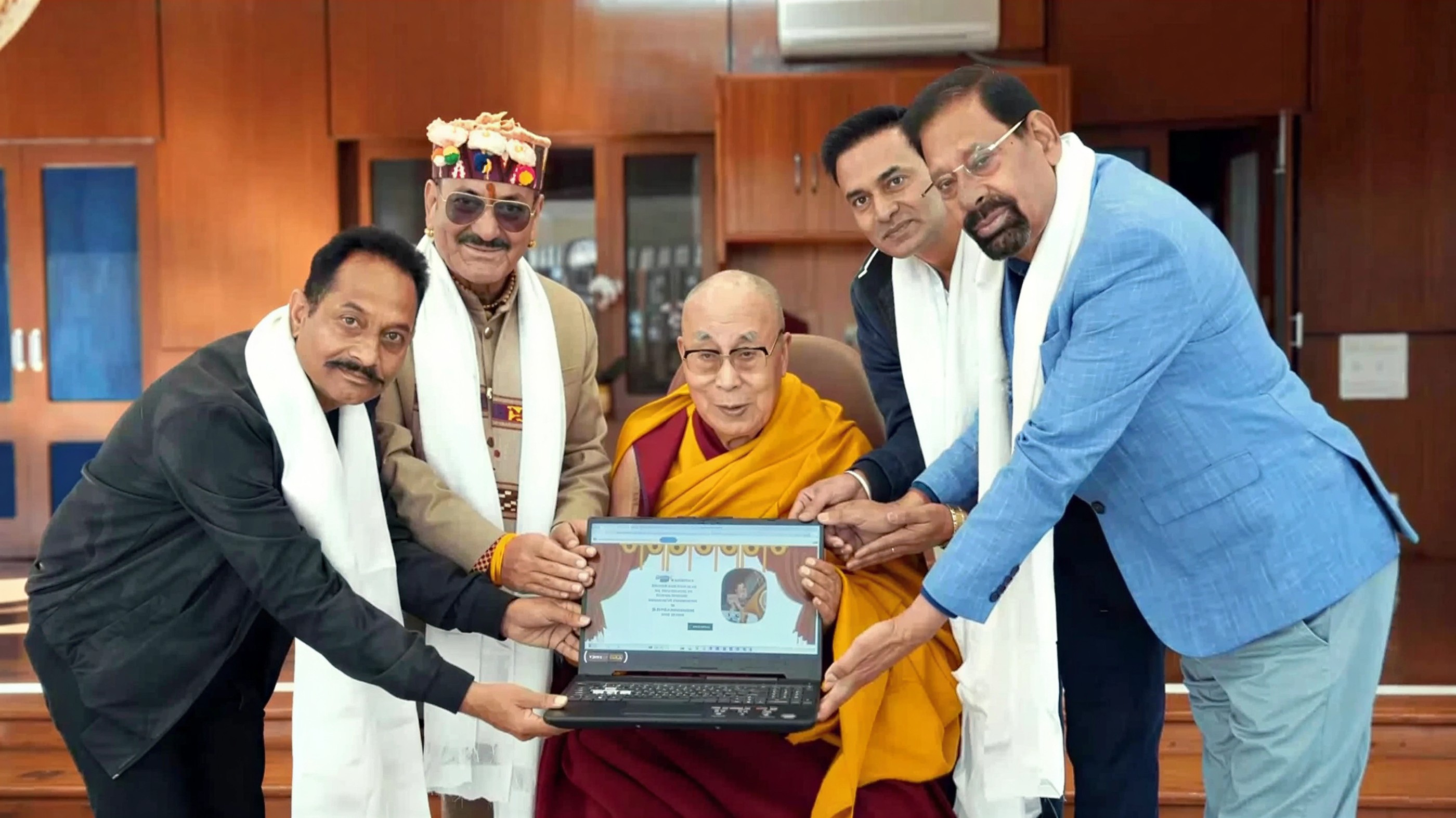A Festival Rooted In Legend And History
Mysore Dussehra, also known as Mysuru Dasara, traces its origins to the legend of Goddess Chamundeshwari defeating the demon Mahishasura on the day of Vijayadashami. This tale of good triumphing over evil is not just symbolic but forms the very identity of the city, which takes its name from Mahishasura’s town, Mahishasura Ooru.
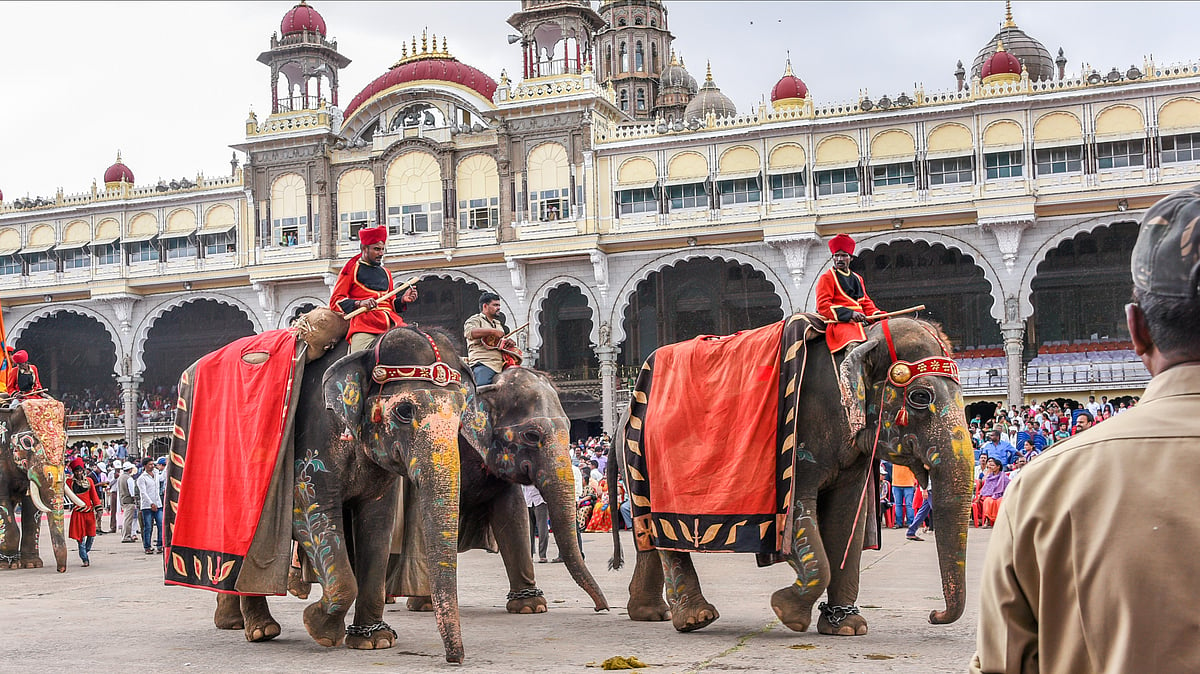
Historically, the Vijayanagara kings celebrated Dasara with immense grandeur, a tradition later adopted and formalised by the Wodeyar dynasty of Mysore in the 17th century. Raja Wadiyar began the ten day festivities in 1610, embedding rituals such as the royal durbar, sword worship, and grand processions into Karnataka’s cultural fabric. Today, it is known as the Naada Habba, or festival of the land, uniting communities across the state.
Rituals And Celebrations That Mesmerise
The celebrations begin with worship at the Chamundeshwari Temple atop Chamundi Hills. On Mahanavami, the royal sword is worshipped in a traditional Ayudha Puja before it is carried in procession. Each evening, the Mysore Palace dazzles with nearly 100,000 lights, creating a magical backdrop for concerts, folk performances, and exhibitions.
The highlight of the festival is the grand Jumbo Savari on Vijayadashami. An idol of Goddess Chamundeshwari is placed on a golden howdah carried by a caparisoned elephant, leading a breathtaking procession from the Mysore Palace through the city. The parade includes decorated elephants, camels, horses, folk dancers, musicians, and cultural tableaux, culminating at Bannimantap grounds. Here, the banni tree is worshipped, linking the festival to ancient warrior traditions and stories from the Mahabharata.
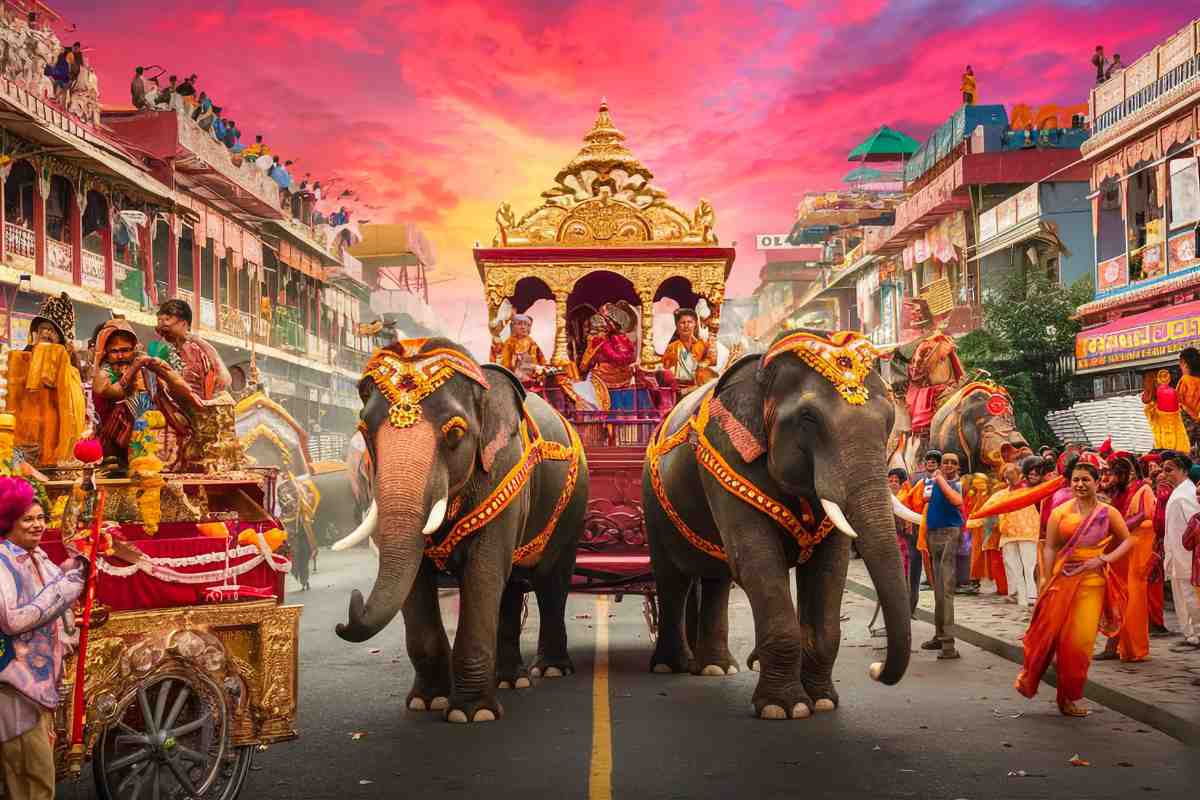
Cultural And Geographic Reach
While Mysore remains the heart of the festivities, Dussehra is celebrated throughout Karnataka with smaller fairs, melas, and local processions. However, no celebration matches the scale and splendour of Mysore, which draws lakhs of visitors each year. Unlike the northern Indian traditions of Ram Leela and Ravan effigy burning, Mysore Dussehra uniquely intertwines myth, royalty, and community celebration, making it one of India’s most iconic cultural spectacles.
The Festival In A Modern Era
Mysore Dussehra has evolved with the times, adding elements like drone light shows, LED illuminations, themed exhibitions, and tourism showcases. Yet, its essence remains deeply rooted in devotion and heritage. Even during challenging times such as the pandemic, palace illuminations and scaled down rituals kept the spirit alive.
In 2025, the celebrations are expected to be even grander, reinforcing the cultural pride of Karnataka and strengthening its place on the world tourism map. For travellers, the festival offers not only a spiritual journey but also a chance to witness India’s living history, artistry, and vibrant traditions in their most magnificent form.

Why You Must Visit Mysore Dussehra
Mysore Dussehra is more than a festival; it is a once in a lifetime experience. From the illuminated palace glowing against the night sky to the thundering beats of drums in the Jumbo Savari procession, the atmosphere is electrifying. It is a festival where faith, history, and art merge seamlessly, leaving visitors spellbound.
For those seeking a truly immersive cultural journey, Mysore Dussehra is an unmissable spectacle in 2025.
For more travel stories and cultural explorations, follow Travel Moves on Instagram and Facebook.

